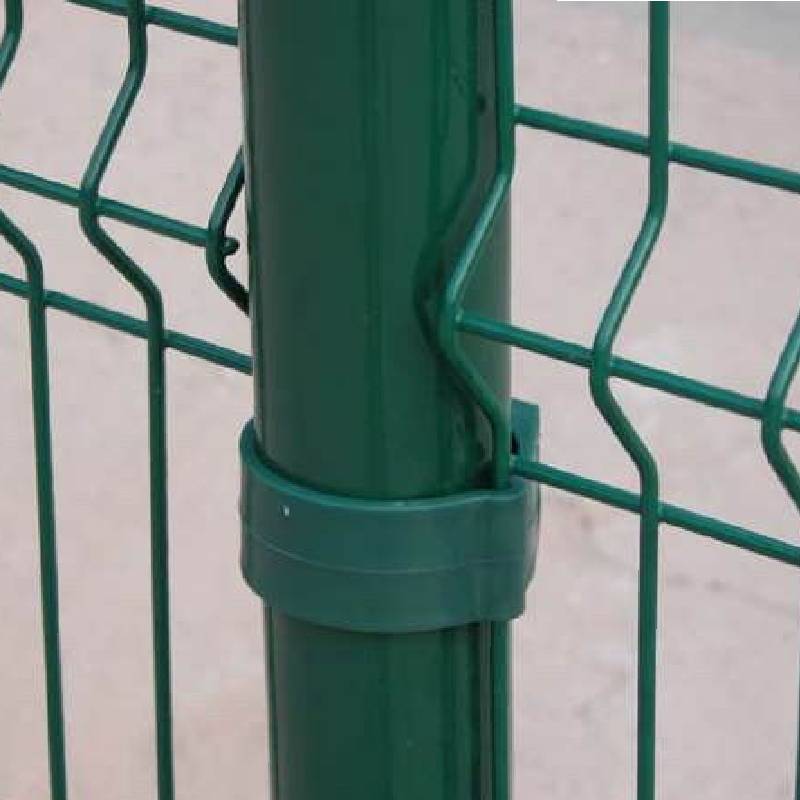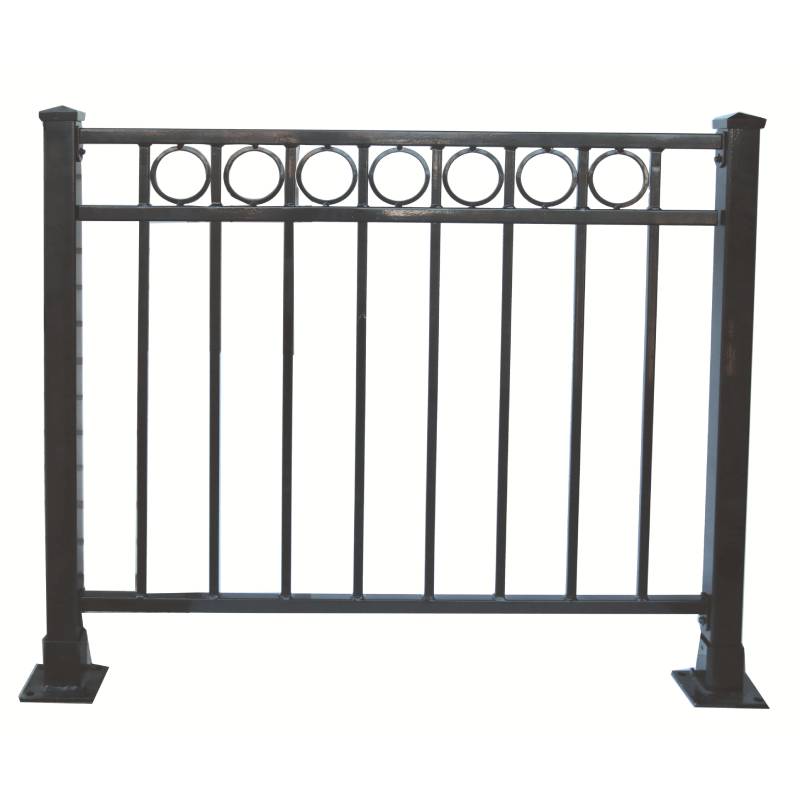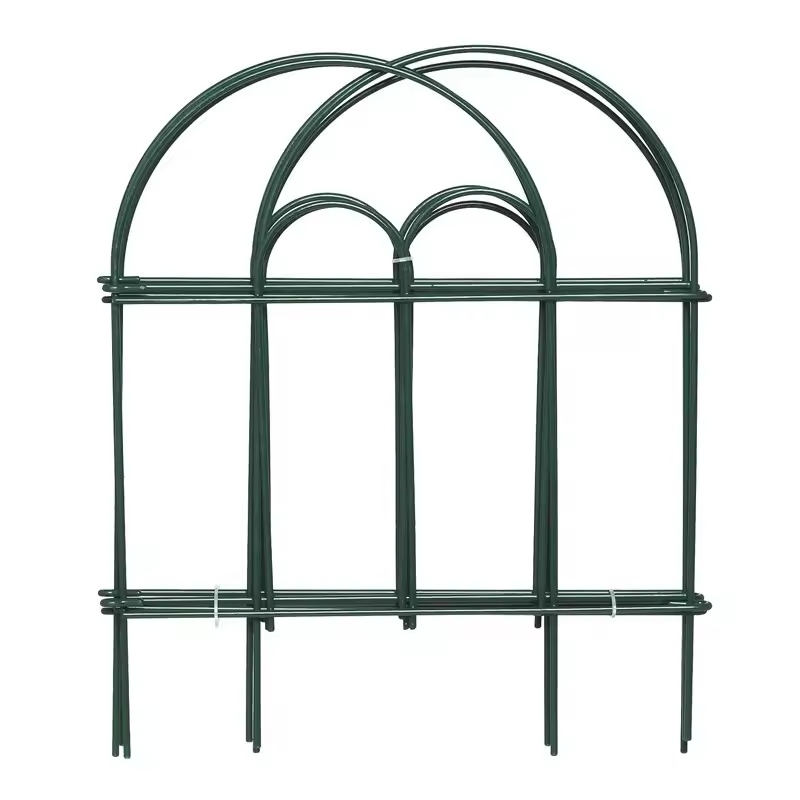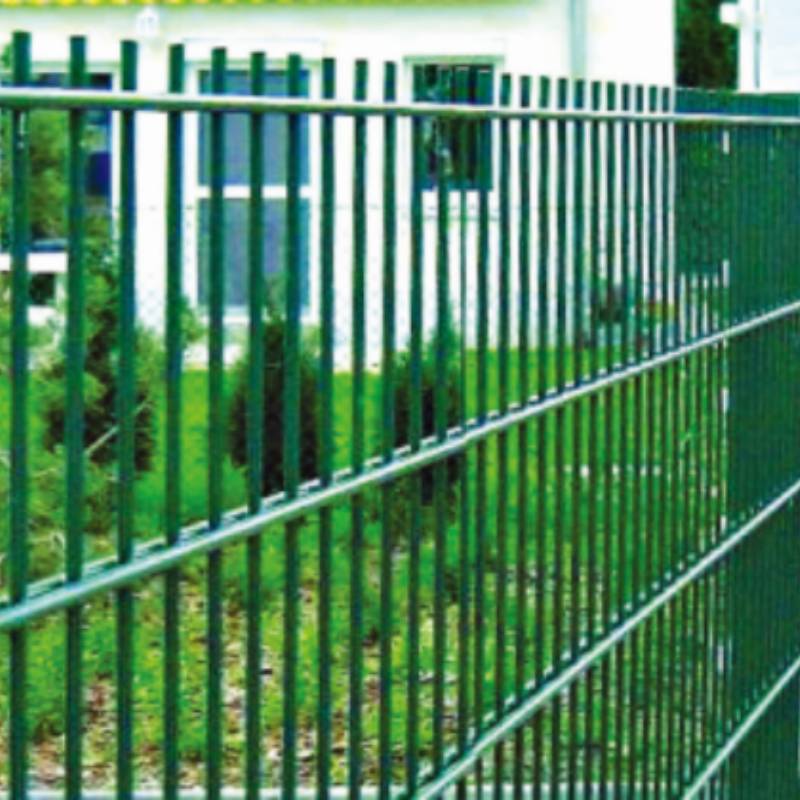-
Email:zhao@hyliec.cn
-
Tel:+86 311 85273988
-
WhatsAPP:8613931128750
-
 efrîkanî
efrîkanî -
 Albanî
Albanî -
 Amharîkî
Amharîkî -
 Erebî
Erebî -
 Ermenî
Ermenî -
 Azerî
Azerî -
 Baskî
Baskî -
 Belarûsî
Belarûsî -
 Bengalî
Bengalî -
 Bosnayî
Bosnayî -
 Bûlgarî
Bûlgarî -
 Katalanî
Katalanî -
 Cebuano
Cebuano -
 Korsîkayî
Korsîkayî -
 Xirwatî
Xirwatî -
 Çekî
Çekî -
 Danîmarkî
Danîmarkî -
 Holandî
Holandî -
 Îngilîzî
Îngilîzî -
 Esperanto
Esperanto -
 Estonî
Estonî -
 Fînlandî
Fînlandî -
 Fransî
Fransî -
 frîzî
frîzî -
 Galîsyayî
Galîsyayî -
 Gurcî
Gurcî -
 Almanî
Almanî -
 Yewnanî
Yewnanî -
 Gujaratî
Gujaratî -
 Kreoliya Haîtiyî
Kreoliya Haîtiyî -
 Hausa
Hausa -
 Hawaiyî
Hawaiyî -
 Îbranî
Îbranî -
 Nexêr
Nexêr -
 Miao
Miao -
 Macarî
Macarî -
 Îzlandî
Îzlandî -
 igbo
igbo -
 Îndonezî
Îndonezî -
 Irlandî
Irlandî -
 Îtalî
Îtalî -
 Japonî
Japonî -
 Javanesî
Javanesî -
 Kanadayî
Kanadayî -
 Qazakî
Qazakî -
 Khmer
Khmer -
 Rwandan
Rwandan -
 Koreyî
Koreyî -
 Kurdî
Kurdî -
 Qirgizî
Qirgizî -
 TB
TB -
 Latînî
Latînî -
 Letonî
Letonî -
 Lîtvanyayî
Lîtvanyayî -
 Luksembûrgî
Luksembûrgî -
 Makedonî
Makedonî -
 Malgashi
Malgashi -
 Malayî
Malayî -
 Malayalamî
Malayalamî -
 Maltezî
Maltezî -
 Maorîyî
Maorîyî -
 Maratî
Maratî -
 Moxolî
Moxolî -
 Mîyanmar
Mîyanmar -
 Nepalî
Nepalî -
 Norwêcî
Norwêcî -
 Norwêcî
Norwêcî -
 Occitan
Occitan -
 Peştûyî
Peştûyî -
 Farsî
Farsî -
 Polandî
Polandî -
 Portekizî
Portekizî -
 Pencabî
Pencabî -
 Romanyayî
Romanyayî -
 Rûsî
Rûsî -
 Samoan
Samoan -
 Scottish Gaelic
Scottish Gaelic -
 Sirbî
Sirbî -
 Îngilîzî
Îngilîzî -
 Shona
Shona -
 Sindî
Sindî -
 Sinhala
Sinhala -
 Slovakî
Slovakî -
 Slovenî
Slovenî -
 Somalîkî
Somalîkî -
 Îspanyolî
Îspanyolî -
 Sundanese
Sundanese -
 Swahîlîyî
Swahîlîyî -
 Swêdî
Swêdî -
 Tagalogî
Tagalogî -
 Tajik
Tajik -
 Tamîlî
Tamîlî -
 Tatar
Tatar -
 Teluguyî
Teluguyî -
 Thayîkî
Thayîkî -
 Tirkî
Tirkî -
 Tirkmenî
Tirkmenî -
 Ûkraynî
Ûkraynî -
 Ûrdûyî
Ûrdûyî -
 Uyghur
Uyghur -
 Ozbekî
Ozbekî -
 Vîetnamî
Vîetnamî -
 Galerkî
Galerkî -
 Alîkarî
Alîkarî -
 Yîddîşî
Yîddîşî -
 Yorûbayî
Yorûbayî -
 Zulu
Zulu
Panel Fence
Wholesale Metal Fence Panels ?
Wholesale metal fence panels are a popular choice for those looking for durable and secure fencing solutions. These panels are often made steel materials providing a
strong and long-lasting option for garden fencing. They are available in various designs and sizes, making them suitable for a wide range of applications. Wholesale options offer cost-effective solutions for purchasing metal fence panels in bulk, making them ideal for contractors, landscapers, and property developers looking to install fencing on a larger scale.
Is It Cheaper To Buy Fence Panels Or Build Them?
The cost of buying fence panels versus building them can vary depending on several factors. In general, buying pre-made fence panels can be cheaper and more time-efficient than building them from scratch. Pre-made panels are mass-produced, which often makes them more cost-effective due to economies of scale. Additionally, purchasing fence panels can save on labor costs, as they are typically easier and quicker to install compared to building a fence from individual components. However, building a fence from raw materials allows for more customization and control over the design, which may be a priority for some individuals. It's important to consider the specific requirements, budget, and time constraints when deciding whether to buy or build fence panels.
How To Install A Panel Fence?
To install a panel fence involves several steps:
1. Measure and plan: Determine the length of the fence and calculate the number of panels needed. Plan the layout and ensure the fence posts are installed at the appropriate intervals to accommodate the panels.
2. Install the posts: Dig holes for the fence posts, ensuring they are deep enough to provide stability. Set the posts in concrete and allow them to cure before attaching the panels.
3. Attach the panels: Once the posts are set, attach the panels to the posts using appropriate fasteners such as screws or nails. Ensure the panels are level and properly aligned.
4. Add finishing touches: Depending on the type of panels used, additional finishing touches such as capping, trim, or paint may be required to enhance the appearance and durability of the fence.
5. Maintenance: Regular maintenance, such as cleaning and sealing, may be necessary to ensure the longevity of the fence panels.
It's important to follow the manufacturer's instructions and local building codes when paneling a fence to ensure proper installation and compliance with regulations. If in doubt, it's advisable to consult with a professional or seek guidance from experienced individuals.








